Amid ‘fireworks’ of Trump rallies, 45th president is laying framework for foreign policy ‘vision’: expert
Former President Trump is laying the groundwork amid campaign stumps for what will likely be his foreign policy agenda if reelected, including his eagerness to deliver foreign aid in the form of loans as opposed to grants.
“They want to give almost a hundred billion to a few countries, a hundred billion. And I said, and I’m telling you this, this is breaking news. We have breaking news. I said, ‘Why do we do this?’ If you do, you give them not a hundred billion dollars, you give it to them as a loan,” Trump said during a campaign speech in South Carolina last month.
Trump’s near-constant rallies and campaign speeches amid the primary season have overwhelmingly garnered media attention for his remarks on immigration, the economy, mocking President Biden and his performance in office, and even his remarks on NATO.
The former president, who continues to snag primary wins and saw his final GOP opponent, former South Carolina Gov. Nikki Haley, suspend her campaign last week, has also outlined how he would transition U.S. foreign policy to emphasizing a loan system for foreign aid as opposed to the U.S.’s recent history of doling out grants to foreign nations, which do not need to be repaid.
In Virginia this month, Trump underscored how he leveraged foreign aid as pressure on three Central American nations – El Salvador, Guatemala and Honduras – to remove illegal aliens and return them to their home countries when he was elected in 2016.
TRUMP HAS SUGGESTED A WORKABLE AND NOVEL WAY TO HELP UKRAINE. LET’S CONSIDER IT
“When I got to the White House, you remember that, I was met by generals. I said, ‘Get these people out, MS-13.’ They say, ‘Sir, they won’t allow them back in,’” Trump recounted at the Richmond rally of his election to the White House in 2016.
“I said, ‘Which countries?’ They named those three countries. So, I say, ‘How much foreign aid do we give them?’ ‘Sir, we give them approximately $750 million a year.’ Now, that’s peanuts compared to what we give others. We give to everybody. We’re stupid. But they give $750 million,” he continued. “… I immediately cut off all funds going to those three countries. The next day, almost simultaneously, but separate, I got calls from the presidents of those three countries: ‘Sir, I understand there’s a misunderstanding.’”
Fox News Digital spoke with Peter Doran, adjunct senior fellow for the foreign policy think tank the Foundation for Defense of Democracies, who said if Trump does notch a victory come Nov. 5, the U.S. can expect a “more aggressive” Trump 2.0 administration approach to using foreign policies as leverage on the world stage.
ZELENSKYY TURNS TO EUROPE FOR AID AS TRUMP BASHES US FUNDING PACKAGE
“Everyone’s paying attention to the fireworks. But at these rallies, Trump is laying out, week by week, a coherent foreign policy vision for his second administration,” Doran said.

Doran explained that a potential foreign policy transition that gives greater emphasis to foreign aid loans is “valuable” to the U.S. if delivered to nations that have the ability to repay, pointing to Chile as a potential example.
“Foreign loans are valuable when they’re affordable. When a country has the ability to pay them back, and when they finance a project that can recoup a profit. One example that’s given, and it’s a good one: lithium mining in Chile,” he said.
American companies, he said, have shown interest in mining in Chile to provide lithium for a massive array of different batteries, but the companies don’t have port access to transport the lithium.
“So, in a country like Chile, which is relatively close and inside America’s interests … a loan to a country like Chile to develop links could assist U.S. companies. And that would challenge China because it’s a smart investment,” he argued.
In the 1990s, foreign nations in Africa were swimming in debt owed to the U.S. and other creditors, which spurred nations such as the U.S. to back away from delivering loans to nations that likely would not pay them back and instead deliver aid in the form of grants.
TRUMP TAKES FAMILIAR DIG AT JUSTICE SYSTEM AFTER BIDEN DOCUMENTS REPORT: ‘SICK’
“Low-income countries face fewer debt challenges today than they did 25 years ago, thanks in particular to the Heavily Indebted Poor Countries initiative, which slashed unmanageable debt burdens across sub-Saharan Africa and other regions,” the International Monetary Fund (IMF) wrote in a piece published in 2022. “But although debt ratios are lower than in the mid-1990s, debt has been creeping up for the past decade and the changing composition of creditors will make restructurings more complex.”
Historically, heavily indebted foreign nations that could not pay back their loans and turned to international assistance borrowed funds from the Paris Club – a group of creditor countries that works to find payment solutions for indebted nations – private banks or other institutions, according to the IMF.
“Today, China and private bond holders play a much larger lending role,” the post continues.
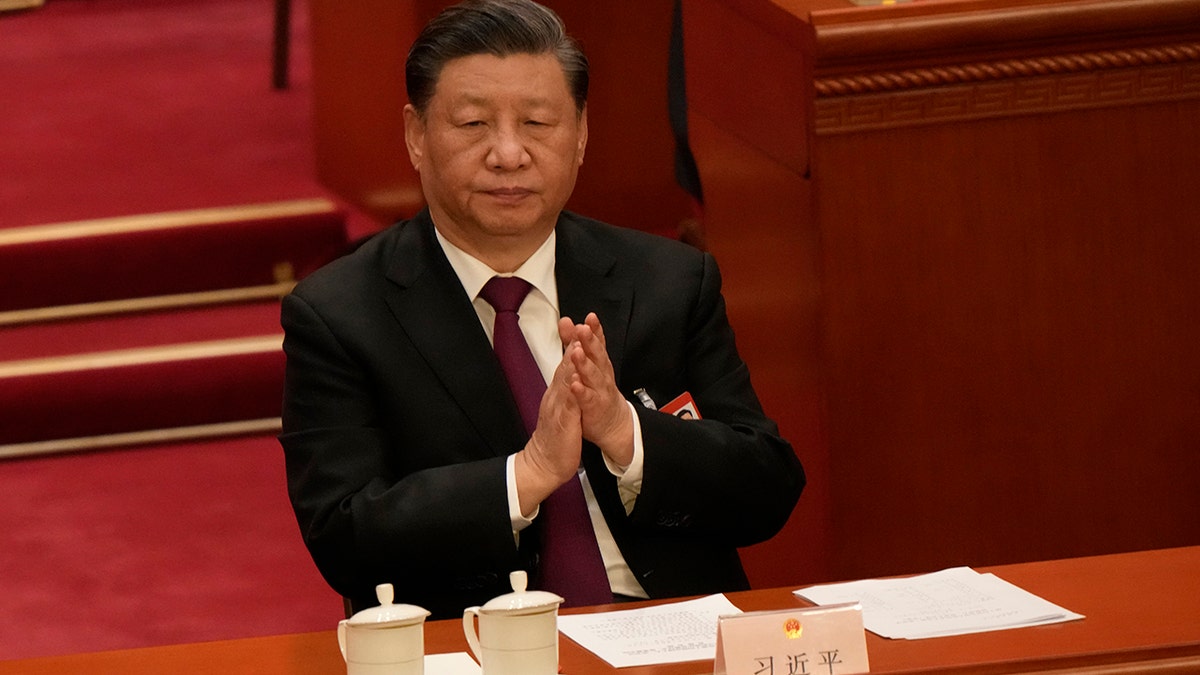
While the U.S. moved away from loans to grants in the early 2000s, China began doubling down on the use of loans.
“This blew me away. Think of all of the countries between 2006 and 2020 who couldn’t pay their loans back,” Doran said. “This means they had to go to the IMF, and they had to ask for assistance. And basically, this is when they essentially default. They say, ‘Look, we’re not going to pay our loans back. And we need IMF assistance to basically cover us while we negotiate our debt.'”
In 2006, China held 2% of the debt owed by poor countries that couldn’t pay back their loans, but that number has risen to 18%, as of 2020, according to IMF data. Meanwhile, external debt owed to Paris Club creditors fell from 28% in 2006 to 11% in 2020.
HOW PRESIDENT TRUMP DELIVERED ON A NUMBER OF FOREIGN POLICY PLEDGES
“So, of all the countries in the world that couldn’t pay back their loans, China started as being a 2% lender, and China became almost the lender to a fifth of all the countries that went belly up,” Doran said.
An Associated Press article last year reported China is the “world’s biggest and most unforgiving government lender” and is “draining foreign currency reserves” in nations such as Pakistan, Kenya, Zambia, Laos and Mongolia.
The U.S. has an opportunity for “net positive” results on foreign aid loans if U.S. leaders learn from China’s mistakes.
“This is going to be a net negative for China and a net positive for the United States, if we decide not to follow the Chinese model, and create an American model that is economically successful. And that’s possible by looking to … past examples like the Marshall Plan and the Lend-Lease program,” Doran said.
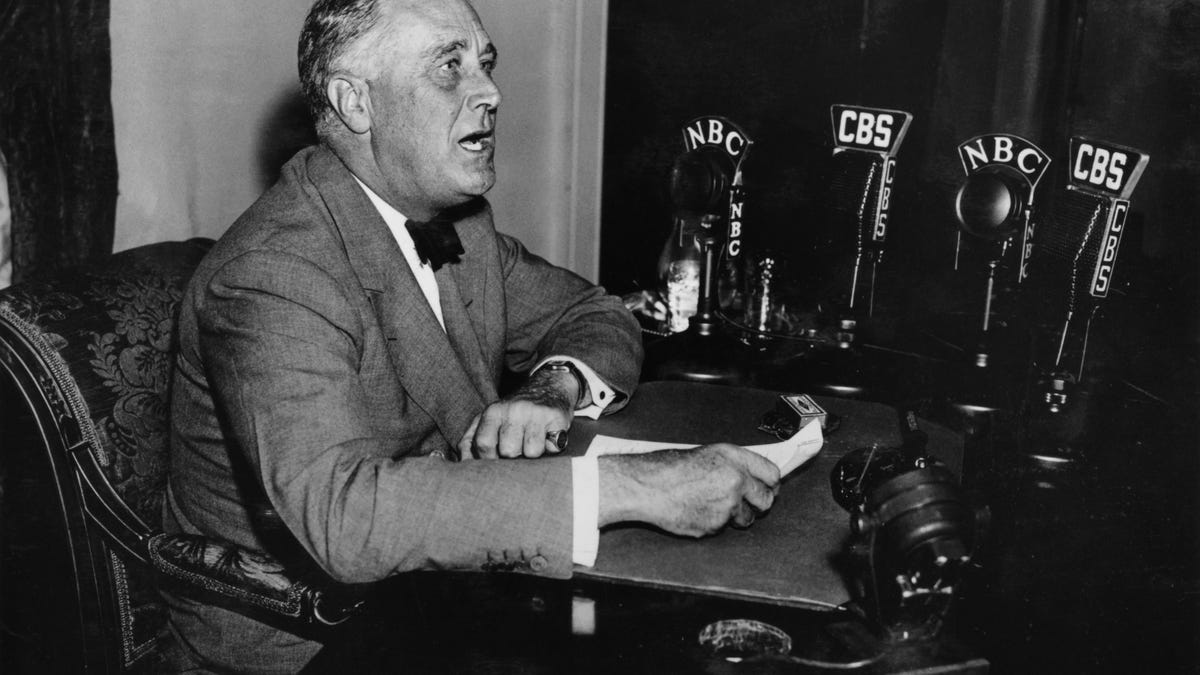
The Lend-Lease Act was a World War II-era policy that allowed the U.S. to lend or lease war supplies to nations that were considered vitally important to the defense of the U.S. The Marshall Plan was a post-World War II initiative signed by President Harry Truman to provide economic assistance to European nations as they rebuilt their infrastructure and economies following the end of Nazi Germany.
Doran singled out the Marshall Plan as a framework to study in the event of a second Trump administration.
TRUMP SAID HE COULD END UKRAINE WAR NEARLY A YEAR AGO BUT STILL HASN’T LAID OUT SPECIFICS
“The Marshall Plan was never about handing out free money. The Marshall Plan created a credit system where countries could buy products from America and draw on a bank account in a U.S. bank against the credits. So, the money stayed in the United States and the goods went overseas, helping our foreign account balance,” Doran said.
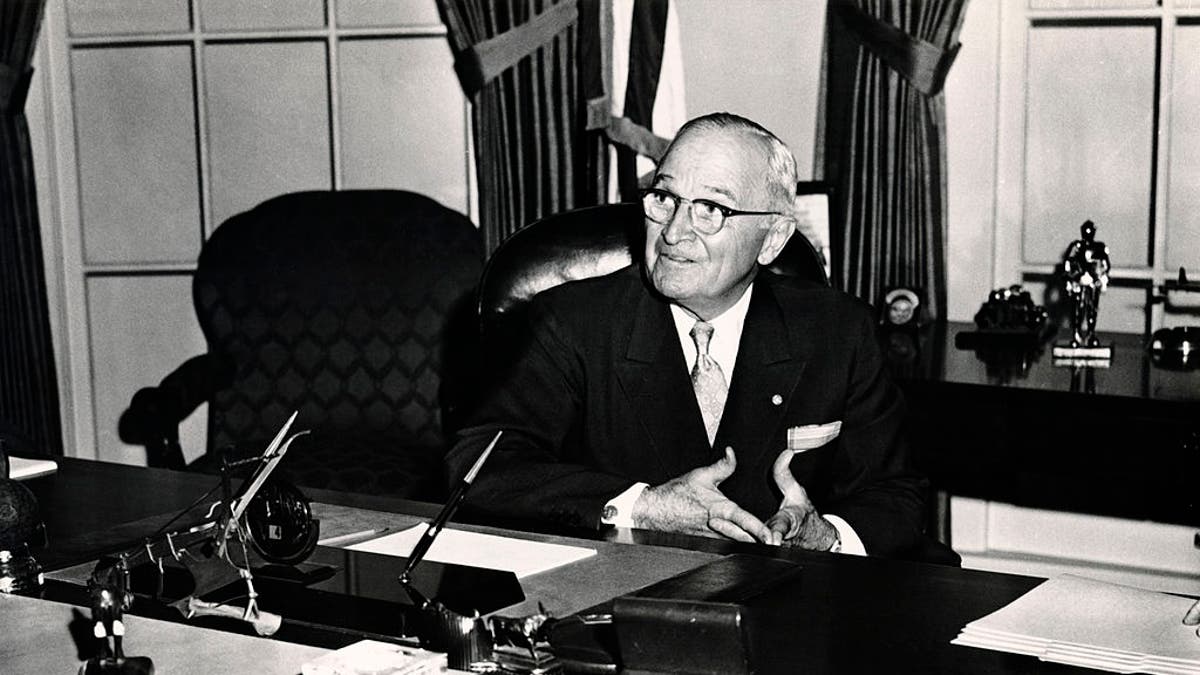
Following Trump’s comments last month on Truth Social that “NO MONEY IN THE FORM OF FOREIGN AID SHOULD BE GIVEN TO ANY COUNTRY UNLESS IT IS DONE AS A LOAN, NOT JUST A GIVEAWAY,” the White House responded that such a plan would “not be the best path forward” in a nation such as war-torn Ukraine.
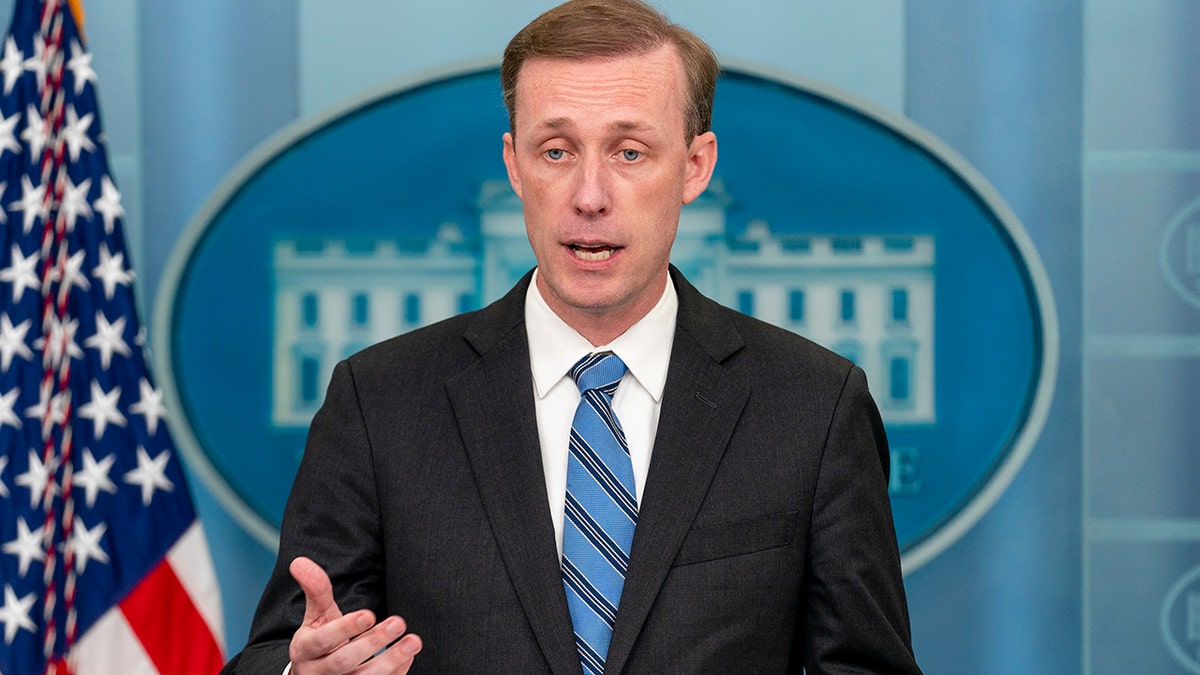
ZELENSKYY EXTENDS TRUMP OFFER TO VISIT UKRAINE’S FRONT LINES: ‘IF MR TRUMP WILL COME, I AM READY’
“With respect to a loan to Ukraine, as I’ve said before, what we have requested and what the Senate passed on an overwhelmingly bipartisan basis last week is both military assistance and economic assistance,” White House National Security Advisor Jake Sullivan told reporters last month.
“That economic assistance is in the form of grants because asking Ukraine to take on and shoulder a substantial amount of debt right now, as it’s fighting for its life, we don’t regard that as the best way forward,” Sullivan continued.
In an op-ed published on Fox Digital this month, foreign policy expert and former White House official Michael Allen argued that Trump suggested a “workable and novel” idea to assist Ukraine and that the U.S. should consider his loan plan, pointing to the Lend-Lease agreement of World War II.
Allen explained that Trump has floated converting “the cost of the weapons” to a loan to provide assistance to Ukraine, while noting the former president stipulated that the loan would only be repaid if Ukraine “strikes it rich.”
“THE DEAL SHOULD BE (CONTINGENT!) THAT THE U.S. IS HELPING YOU, AS A NATION, BUT IF THE COUNTRY WE ARE HELPING EVER TURNS AGAINST US, OR STRIKES IT RICH SOMETIME IN THE FUTURE, THE LOAN WILL BE PAID OFF AND THE MONEY RETURNED TO THE UNITED STATES,” Trump continued in his Truth Social media post last month.
Allen pointed to FDR’s Lend-Lease program as showing Trump’s potential loan plan has “historical precedent.”
SULLIVAN SAYS UKRAINE PACKAGE CRITICAL FOR US MUNITIONS PRODUCTION AMID CONCERN OF SHORTAGE
“During a Caribbean cruise after his re-election in 1940, President Roosevelt conceived of a mechanism whereby the U.S. could lend or lease military equipment and ammunition to countries considered vital to the defense of the U.S. FDR likened Lend Lease to loaning a garden hose to a neighbor whose house was on fire. By not styling the assistance as a grant to the U.K., FDR assuaged concerns about ‘foreign aid,’” he wrote.
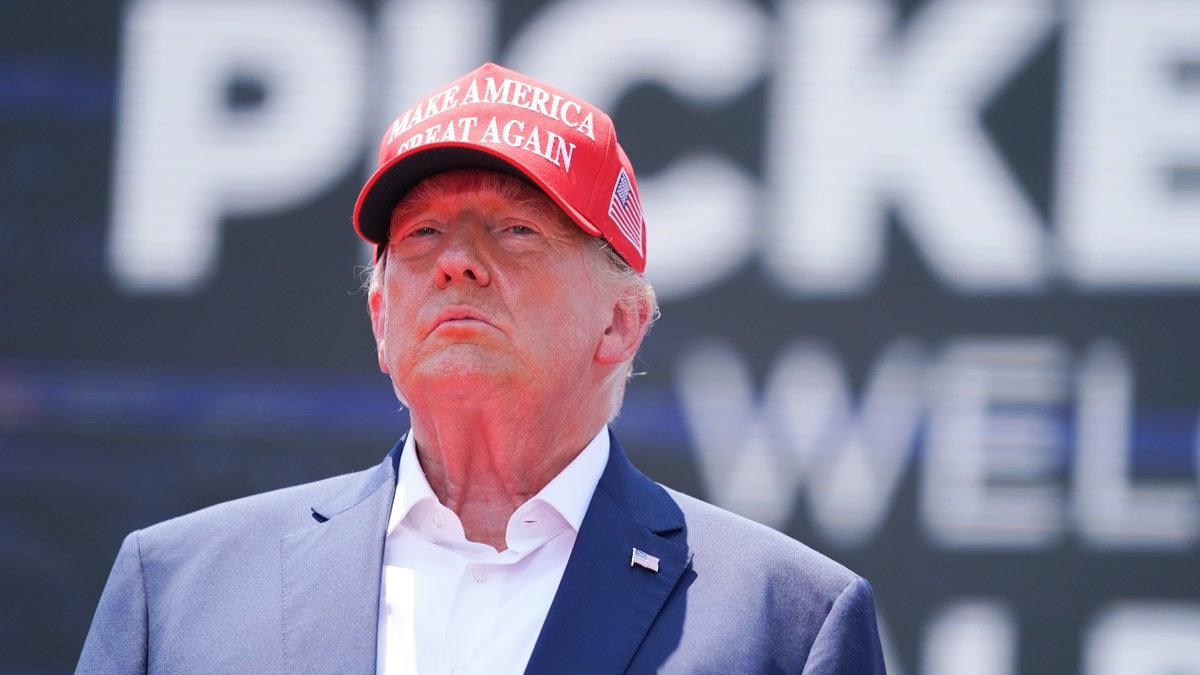
“FDR had previously wrong-footed his political opponents. Instead of giving the British 50 naval destroyers, FDR insisted they be paired with a transfer to the U.S. of British bases in the Caribbean and western Atlantic. How’s that for the art of the deal?”
Allen continued, “FDR’s maneuvering to help the British provide a guide” and “We should employ such creativity, seize on Trump’s idea and take yes for an answer.”
Trump’s campaign did not respond to Fox Digital’s request for additional comment on the plan to emphasize foreign aid loans if reelected.
The 45th president has, meanwhile, hammered the plan while continuing his tour on the campaign trail.
“It’s called a loan. Give them the money, and if they can pay it back, they pay it back. If they can’t pay it back, they don’t have to pay it back because they’ve got some problems. But if they go to another nation, they drop us like a dog, like a female drops a male after a date because he doesn’t like her. If that happens to our country, then very simply we call the loan,” Trump said in his comments in South Carolina last month.
Read the full article Here


